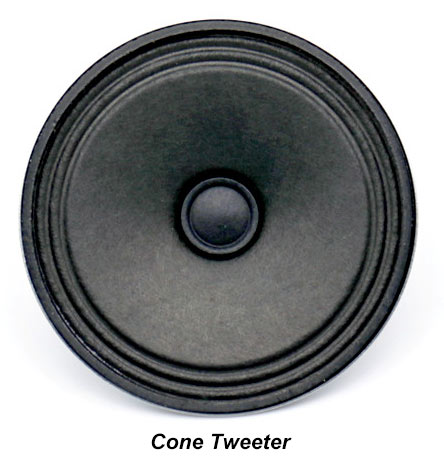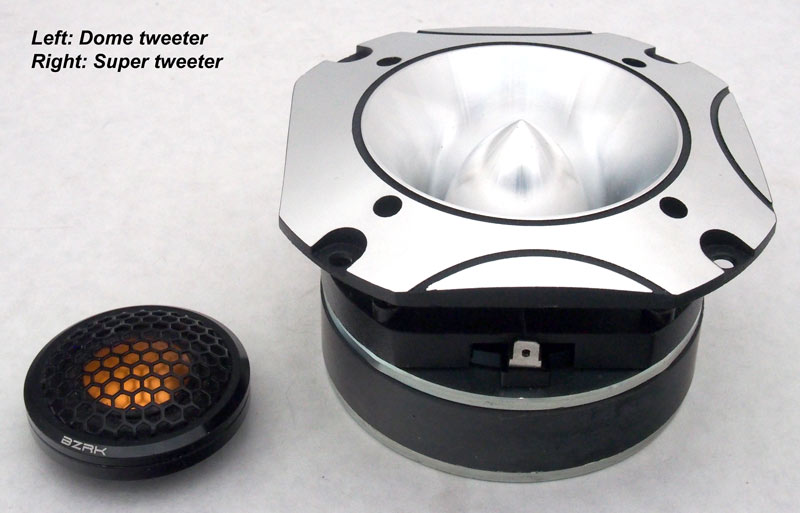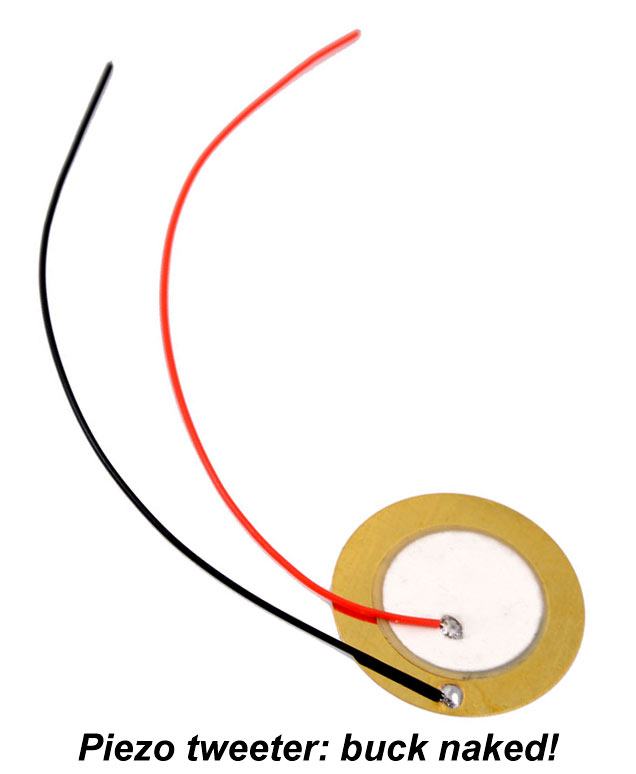“Though she be but little she is fierce!”- a quote from Shakespeare or a description of Tweeters? The answer is both. Tweeters are small speakers, but they play a big role in the sound quality of a car stereo and can be the deciding factor of whether cranking up the volume makes you cringe with discomfort or grin with glee.
When selecting the tweeters best for you, the name of the game is shop ‘til the bass drop. Because there are different types of tweeters, shopping for them can be a confusing experience – until now, thanks to this explainer article (you’re welcome). Which tweeters are best for you? It depends on your criteria. Where will they be used? How will they be mounted? Are you looking for extreme volume, or higher quality sound? These are just a couple of the things that need to be considered when you are purchasing tweeters.
Cone tweeters
Cone tweeters are the basic b$#@s of the stereo scene. My cat just walked on my keyboard. The word I meant to type there was … birds. Basic… birds. You’ve probably seen cone tweeters in older or cheaper home stereo speakers. They may even be lurking in your very own factory car stereo! Cone tweeters are quite common because they’re cheap to manufacture. They’re kind of like your mother-in-law’s cooking- made of cheap ingredients and will get the job done, but they’re usually nothing special.
So here’s the catch- while cone tweeters are usually easy on the wallet, some may be a little harder on the ears. Even harder if you’re forced to play Kidz Bop for your children in the backseat.

Dome tweeters
Dome tweeters are a crowd pleaser for people who want improved sound quality. They generally produce more detailed and more accurate sound than cone tweeters.
When it comes to dome tweeters, there are a couple of downsides. First, they are generally more expensive than cone tweeters because they cost more to produce. An additional caveat for silk domes is that they are easier to ‘dent’ than cone tweeters; just keep your grubby mitts off the dome and you should be fine, ya filthy animal! When people say ‘feel the music’, they didn’t mean literally.
Dome tweeters can be made of silk, metal, or synthetic films. Domes made with silk usually produce a smoother / warmer sound. The ones made from metal tend to sound brighter. Most people prefer silk or metal vs the ones made from synthetics.
If your mission is to add clean, detailed highs, dome tweeters are where it’s at.
Welcome to the Semi-dome
Welcome to the semi-dome. You may also see these tweeters referred to as balanced domes.
Semi-domes are what you get when you cross a cone tweeter with a dome tweeter. Think of it as the labradoodle of tweeters.
You’ll regularly see these used in coaxial speakers because of the space constraints. So maybe a yorkie-poo is a better analogy based on size. The design of the semi-dome allows for the use of softer materials than those used in a cone tweeter, so they can be as fragile as a dome tweeter. A semi-dome is often used when a compromise needs to be made to allow a tweeter to fit into a tight space.
Super tweeters aka bullet tweeters
Super tweeters are usually used when high decibels are top priority. They tend to be big, heavy, handle lots of power, and are very efficient. They usually sacrifice sound quality for high volume. Expect piercing highs that can cut though big bass and be heard from long distances. You may find that they are painful to listen to at close proximity. Optimal use case: PA systems, SPL competitions, and stereos with massive amounts of bass.

Piezo tweeters
If you saw a piezo tweeter in its raw form, you may think it’s just a metal disc with some stuff stuck to it. Kind of like a weed whacker’s.. well, whacker. Piezo tweeters are rarely used for car audio, except in coaxial speakers or inside horn speakers. You might also find piezo tweeters with a cone attached to them, trying to hide like three kids in a trench coat.

By itself, a piezo tweeter has a very narrow sound range and only produces the very highest frequencies. The narrow frequency response range usually makes them undesirable as a standalone aftermarket add-on, unless all you need to add are clicks. Playing music for dolphins? Piezo it up, my dude.
There major upsides of piezo tweeters is that they tend to be hella cheap, very small, and very lightweight. They’re usually about the size of a coin.
The last word
When it comes to sound quality, the tweeters you select can make or break your sound system. These little speakers have the final say between music that is smooth and clear or piercing and harsh. This article is by no means the definitive guide to tweeters. That said, we hope it has helped you along on your quest to find the best tweeters for your specific situation.



